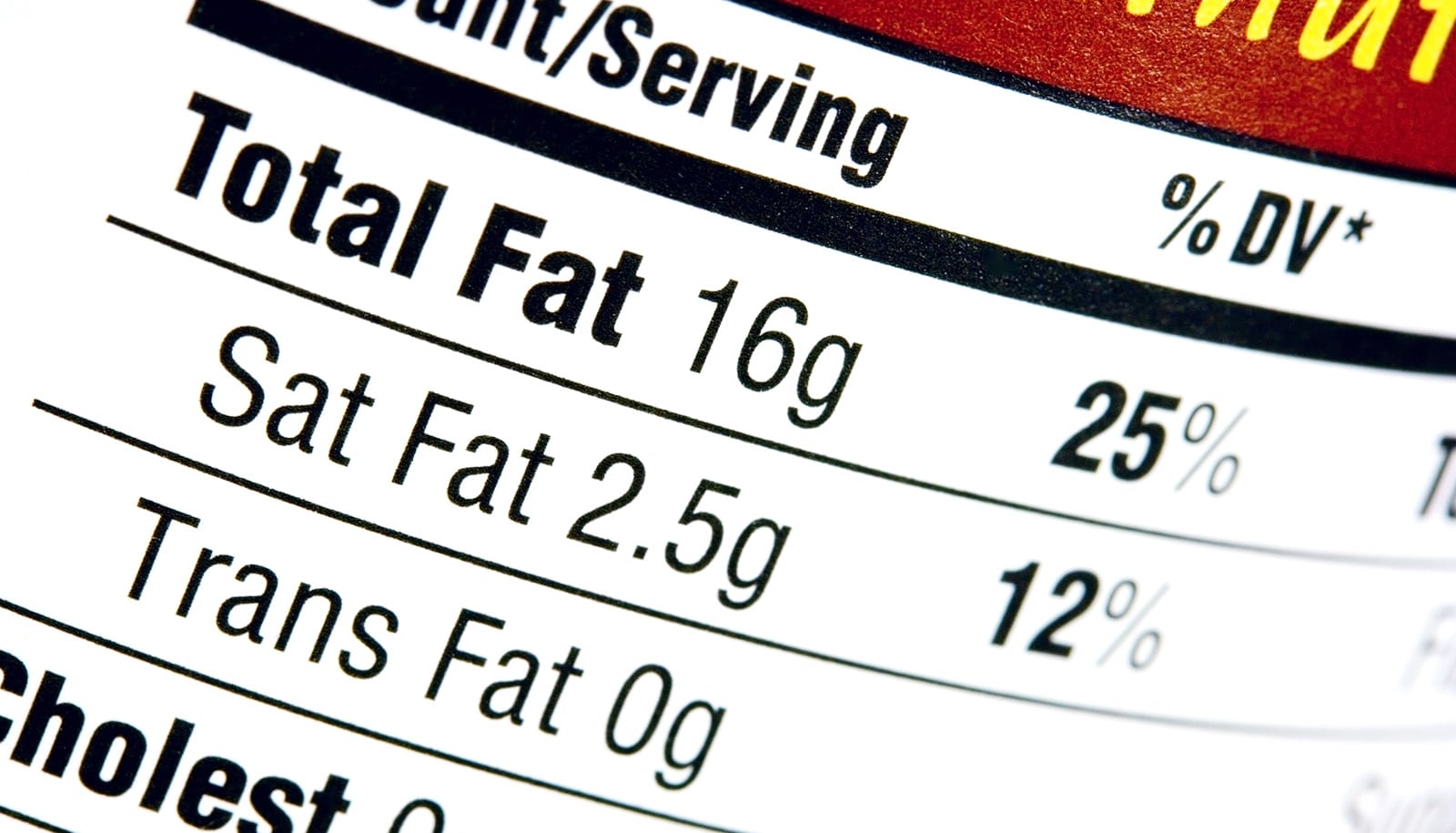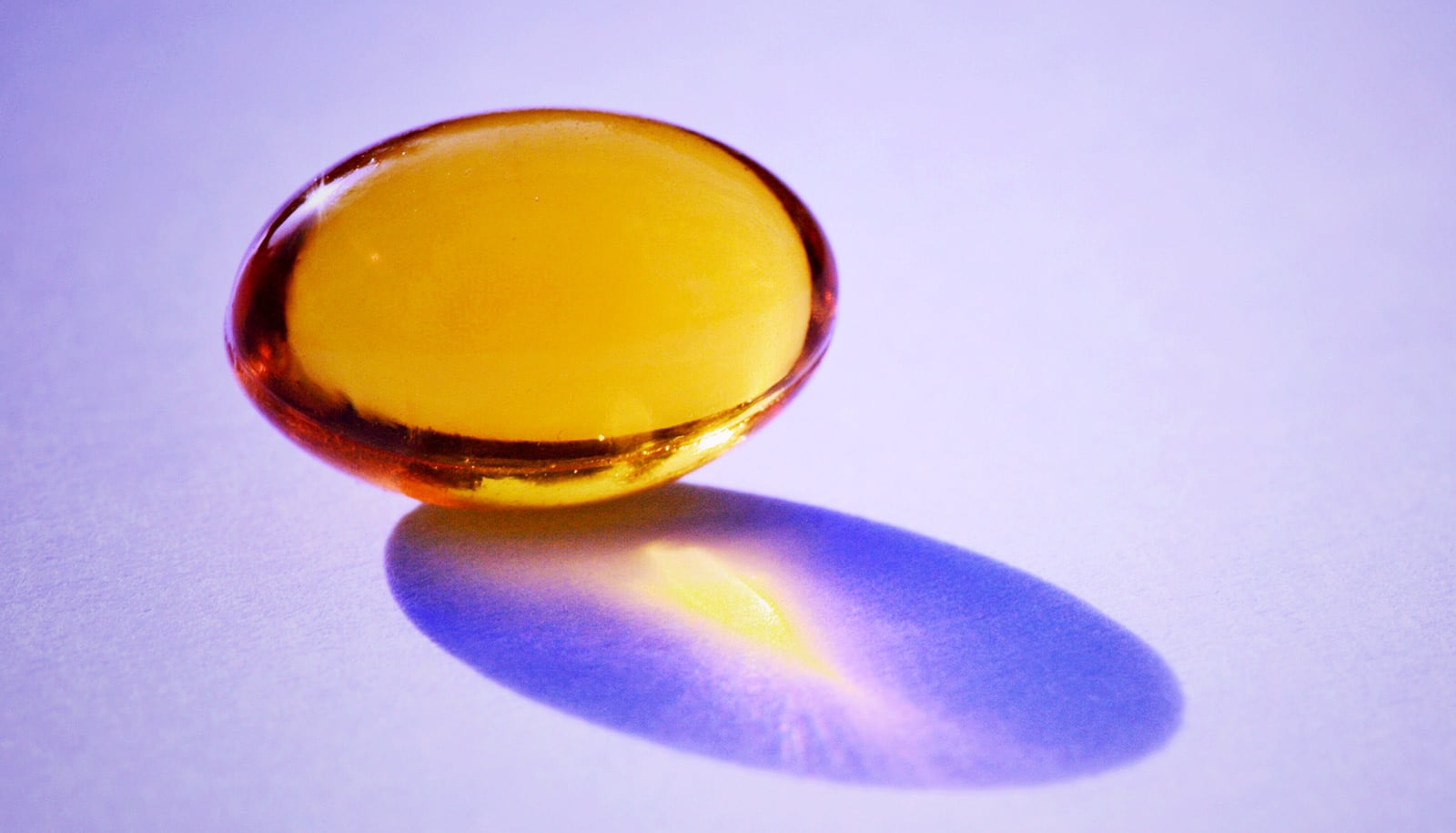Vitamin D deficiency during the early development of zebrafish can disrupt the metabolic balance between growth and fat accumulation, research finds.
The results suggest a link between vitamin D and metabolic homeostasis, or equilibrium.
The research team, led by Seth Kullman, professor of biological sciences at North Carolina State University, looked at groups of post-juvenile zebrafish on one of three diets: no vitamin D (or vitamin D null), vitamin D enriched, and control.
The zebrafish spent four months on their particular diet, then the researchers looked at their growth, bone density, triglyceride, lipid, cholesterol, and vitamin D levels. They also examined key metabolic pathways associated with fat production, storage, and mobilization and growth promotion.
The zebrafish in the vitamin D deficient group were, on average, 50% smaller than those in the other two groups, and they had significantly more fat reserves.
“The vitamin D deficient zebrafish exhibited both hypertrophy and hyperplasia—an increase in both the size and number of fat cells,” Kullman says. “They also had higher triglycerides and cholesterol, which are hallmarks of metabolic imbalance that can lead to cardio-metabolic disease. This, combined with the stunted growth, indicates that vitamin D plays an important role in the ability to channel energy into growth versus into fat storage.”
After the initial testing, the vitamin D deficient zebrafish were given a vitamin D enriched diet for an additional six months, to see if the results could be reversed. While the fish did continue to grow and begin to utilize fat reserves, they never caught up in size with the other cohorts and they retained residual fat deposits.
“This work shows that vitamin D deficiency can influence metabolic health by disrupting the normal balance between growth and fat accumulation,” Kullman says. “Somehow the energy that should be going toward growth is getting shunted into creating fat and lipids, and this occurrence cannot be easily reversed. While we don’t yet understand the mechanism, we are beginning to tease that out.”
Future work will involve looking at the offspring of vitamin D deficient mothers, to determine whether this vitamin deficiency has epigenetic effects that can be passed down.
The research appears in Scientific Reports. Support came from the Environmental Protection Agency and the National Institute of Environmental Health Sciences. Coauthors are from UNC Chapel Hill and the University of California, Davis.
Source: NC State



